 Overview
Overview
 Normal View
Normal View
 2016
2016
- 2009
- 2011
- 2012
- 2013
- 2014
- 2015
- 2016
- 2017
- 2018
- 2019
- 2021
- 2022
- 2023
- Clear
 Overview
Overview Normal View
Normal View 2016
2016

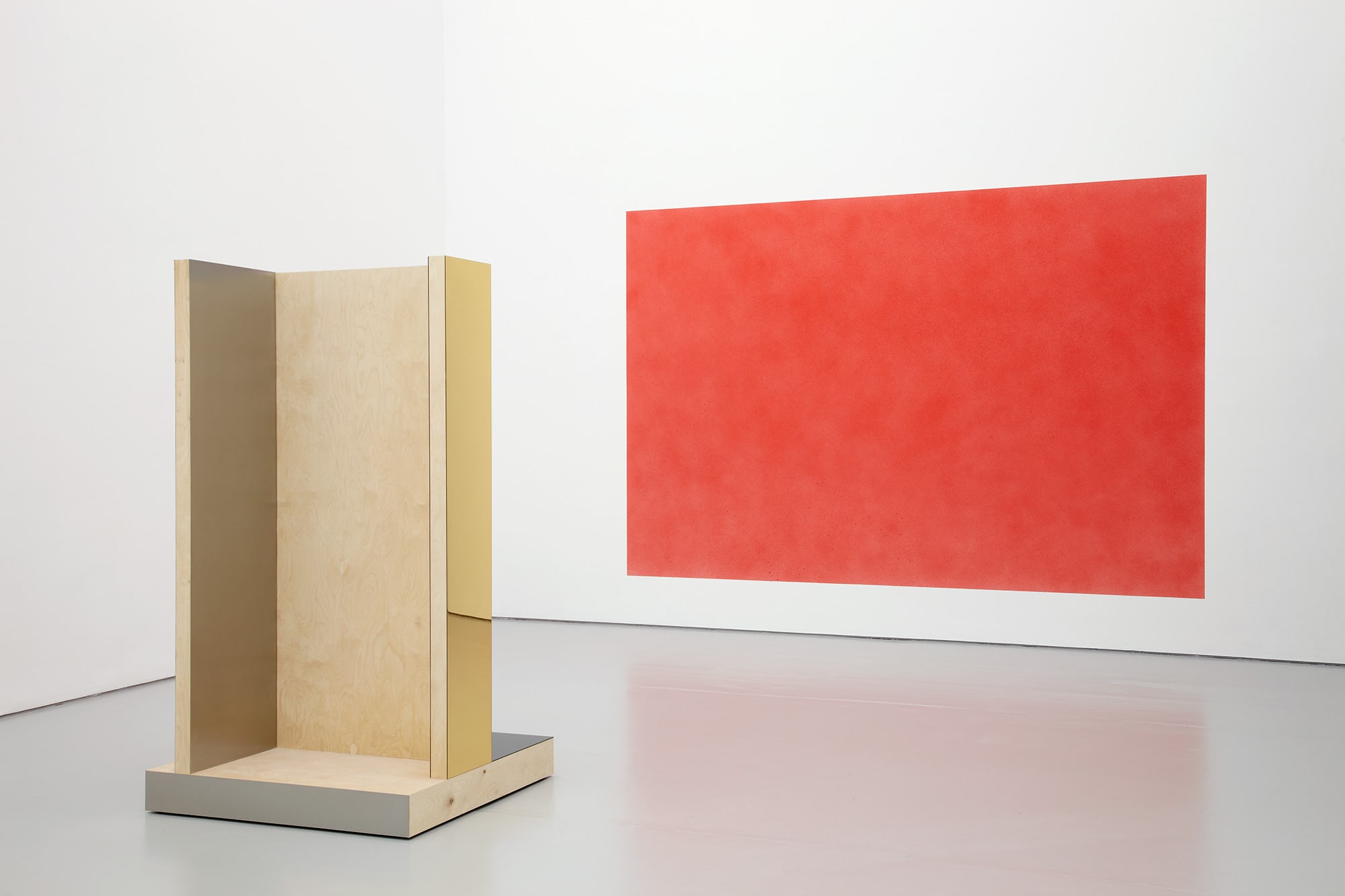
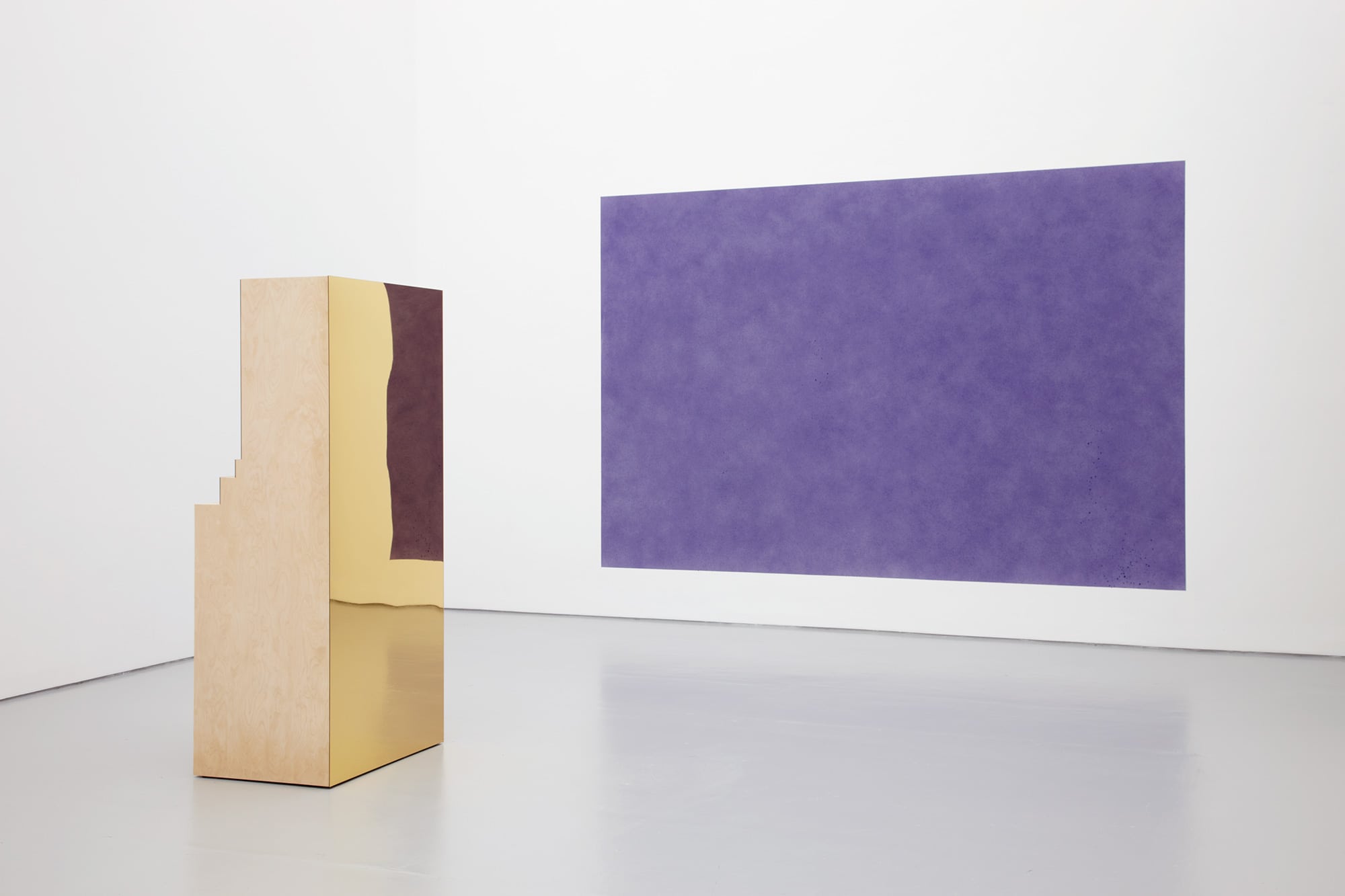
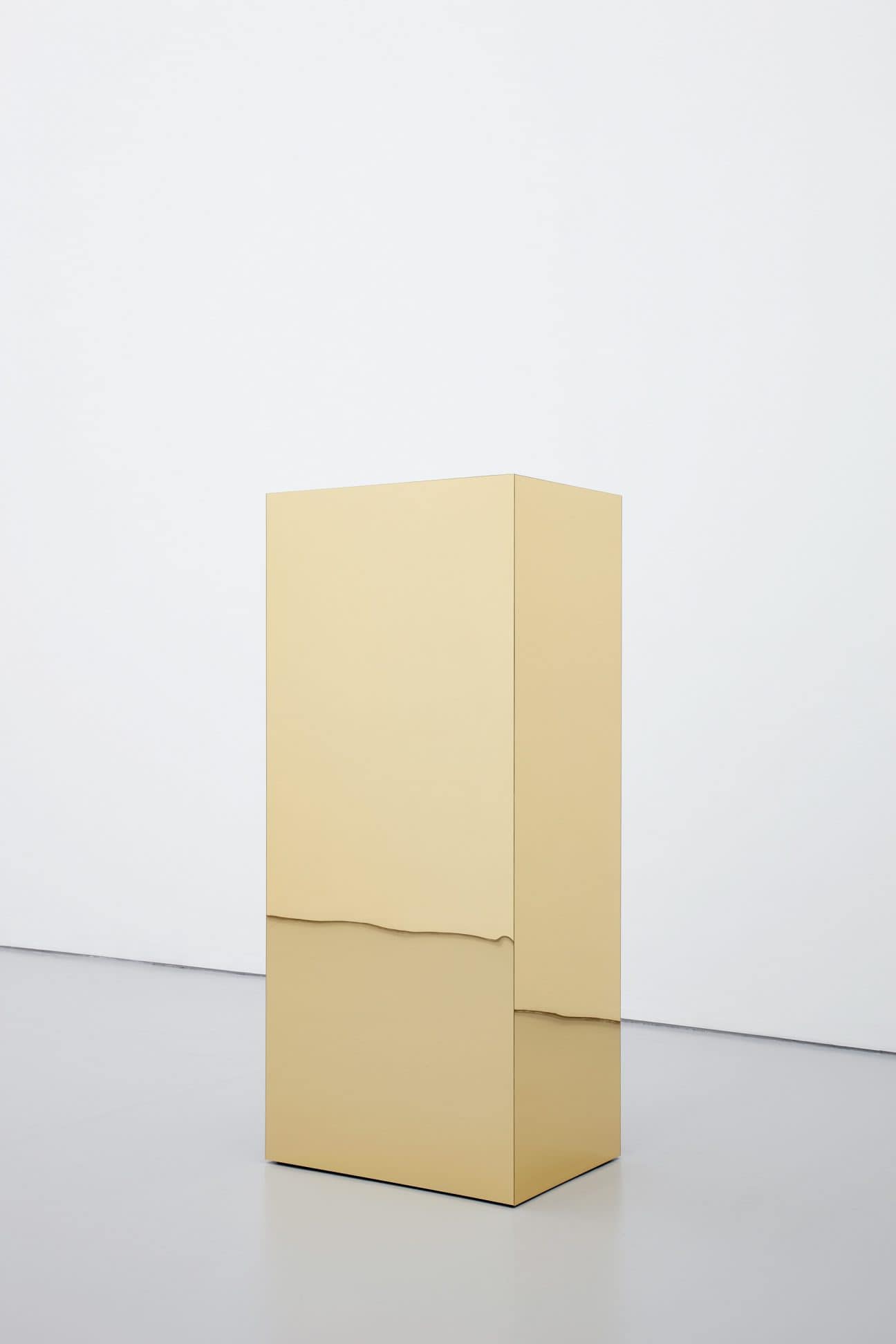
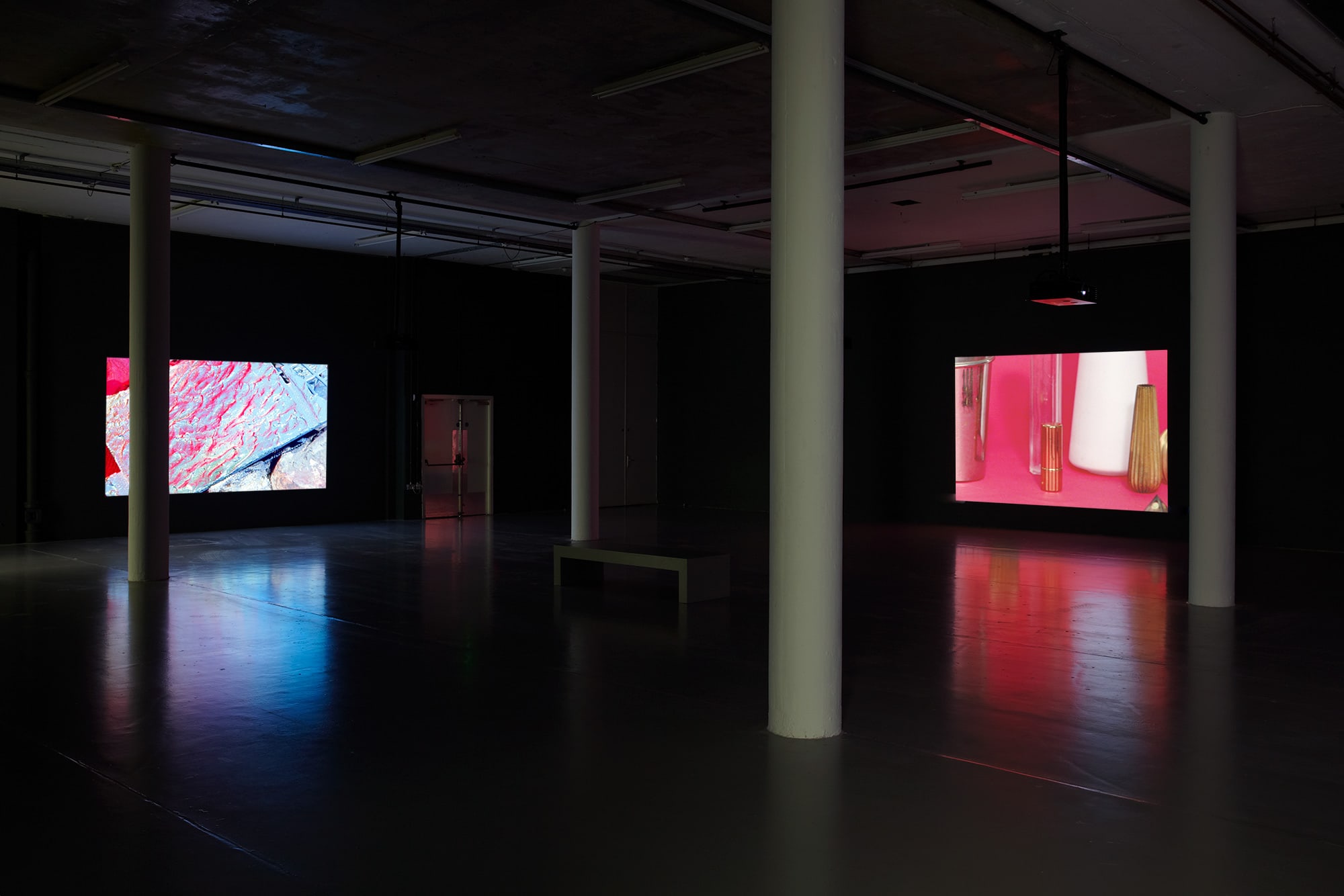
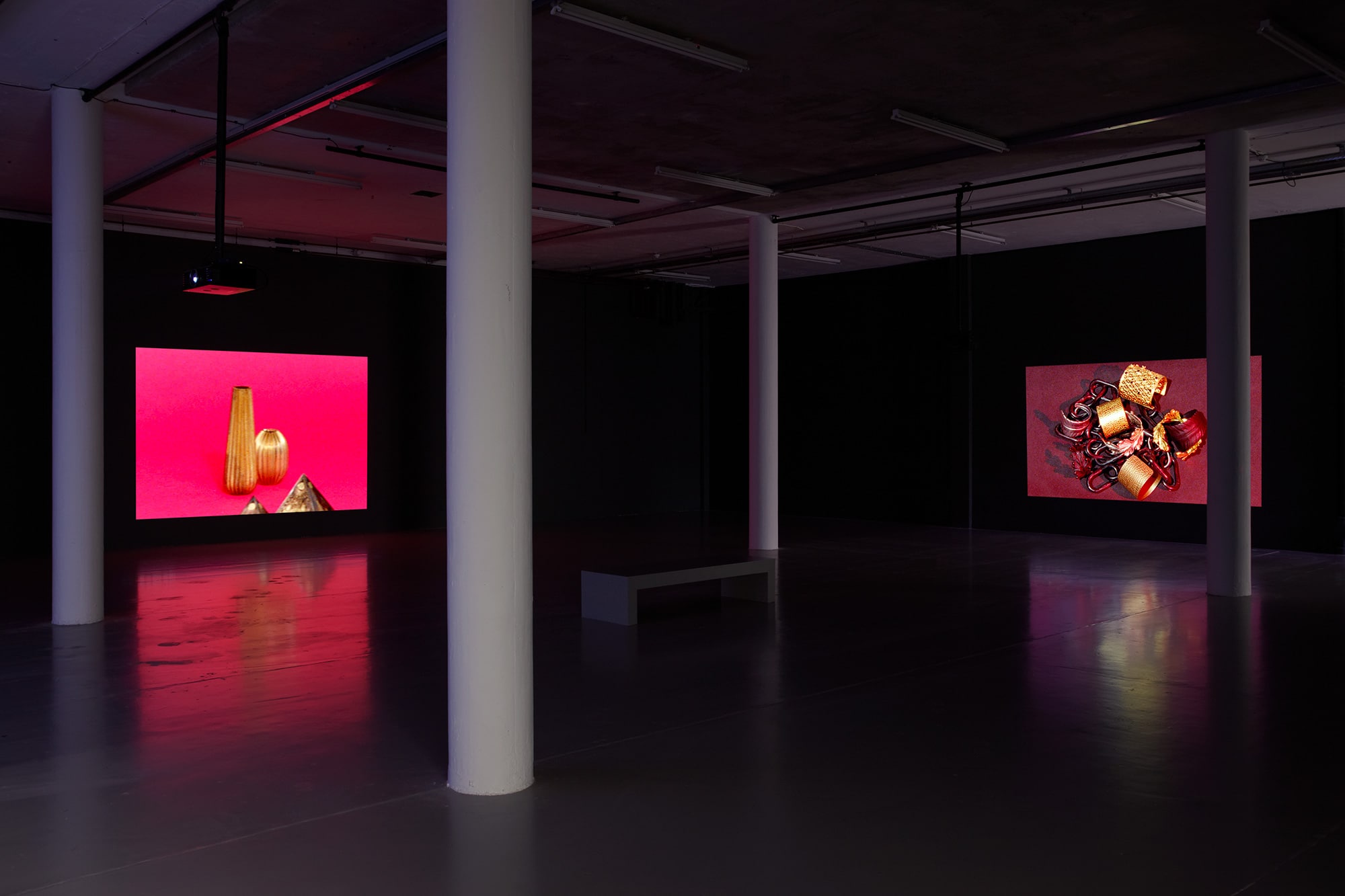

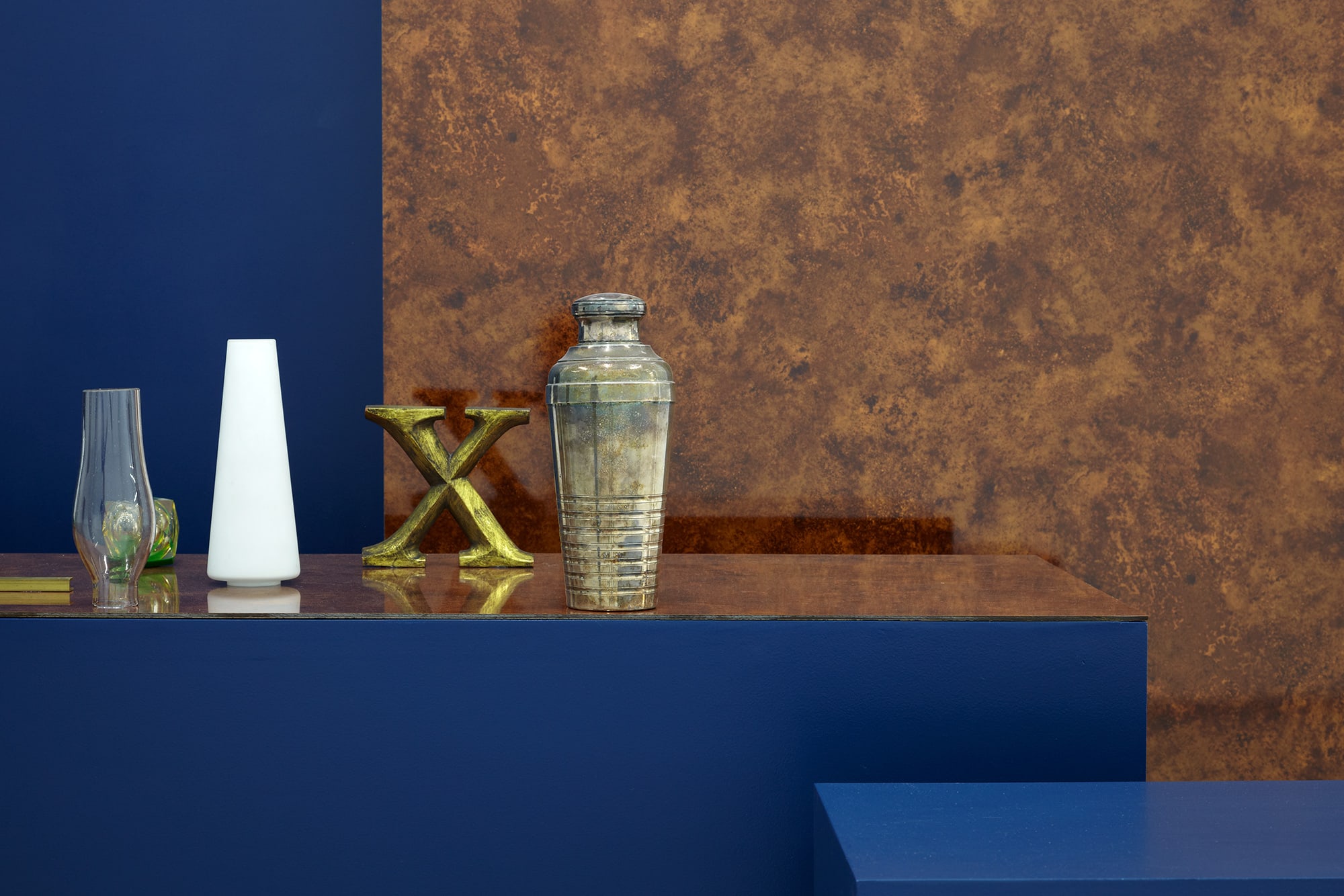

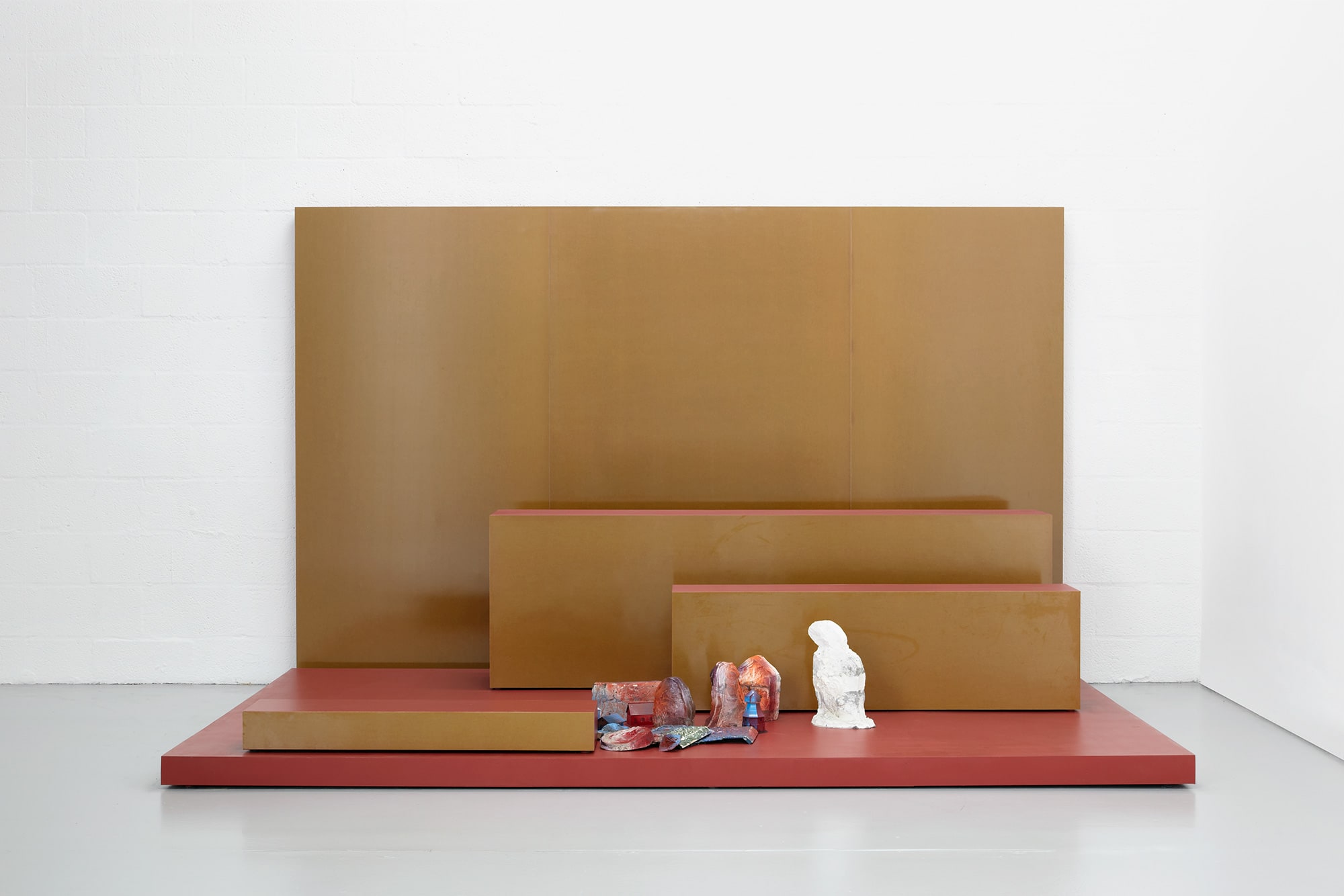
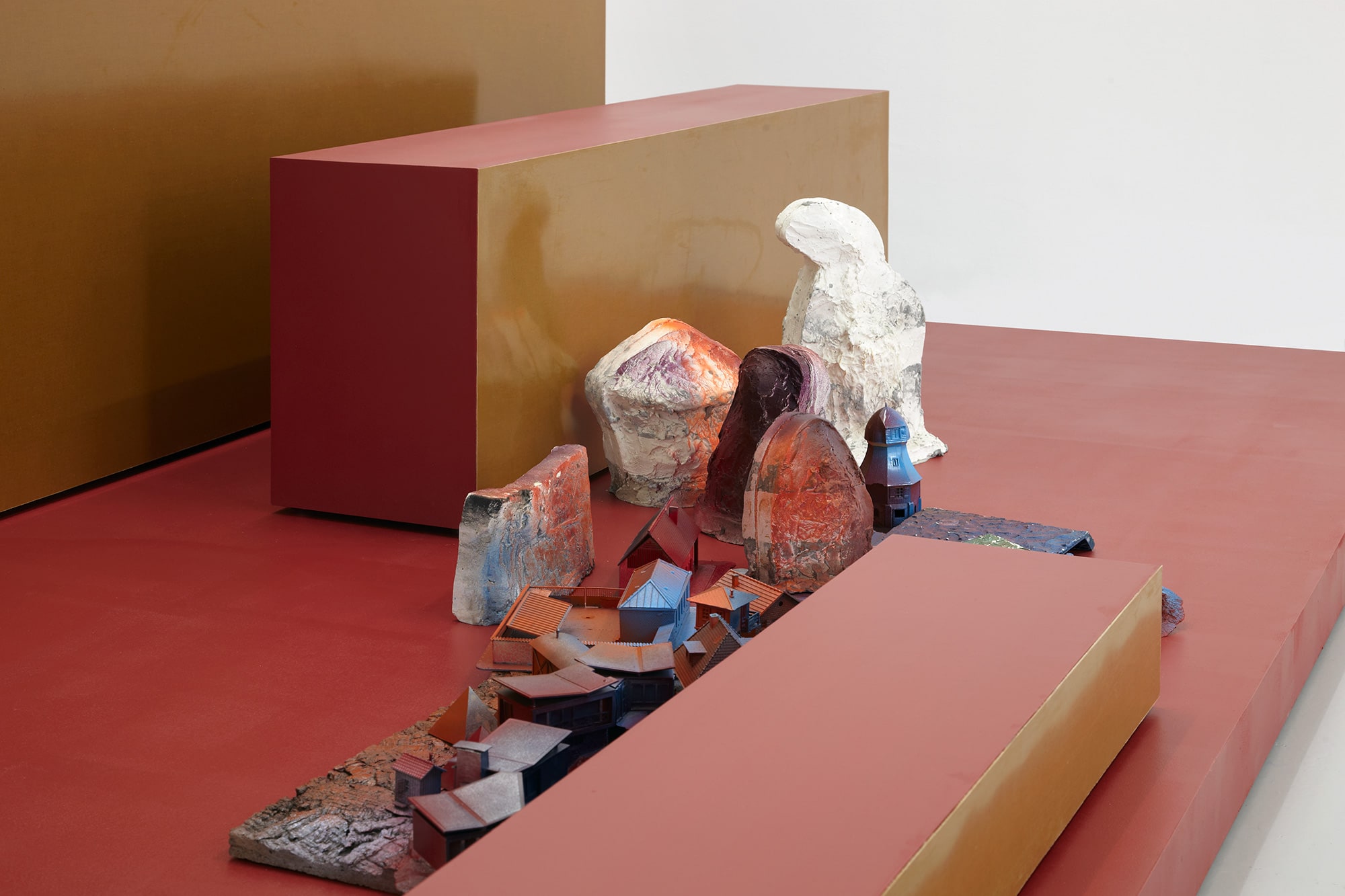
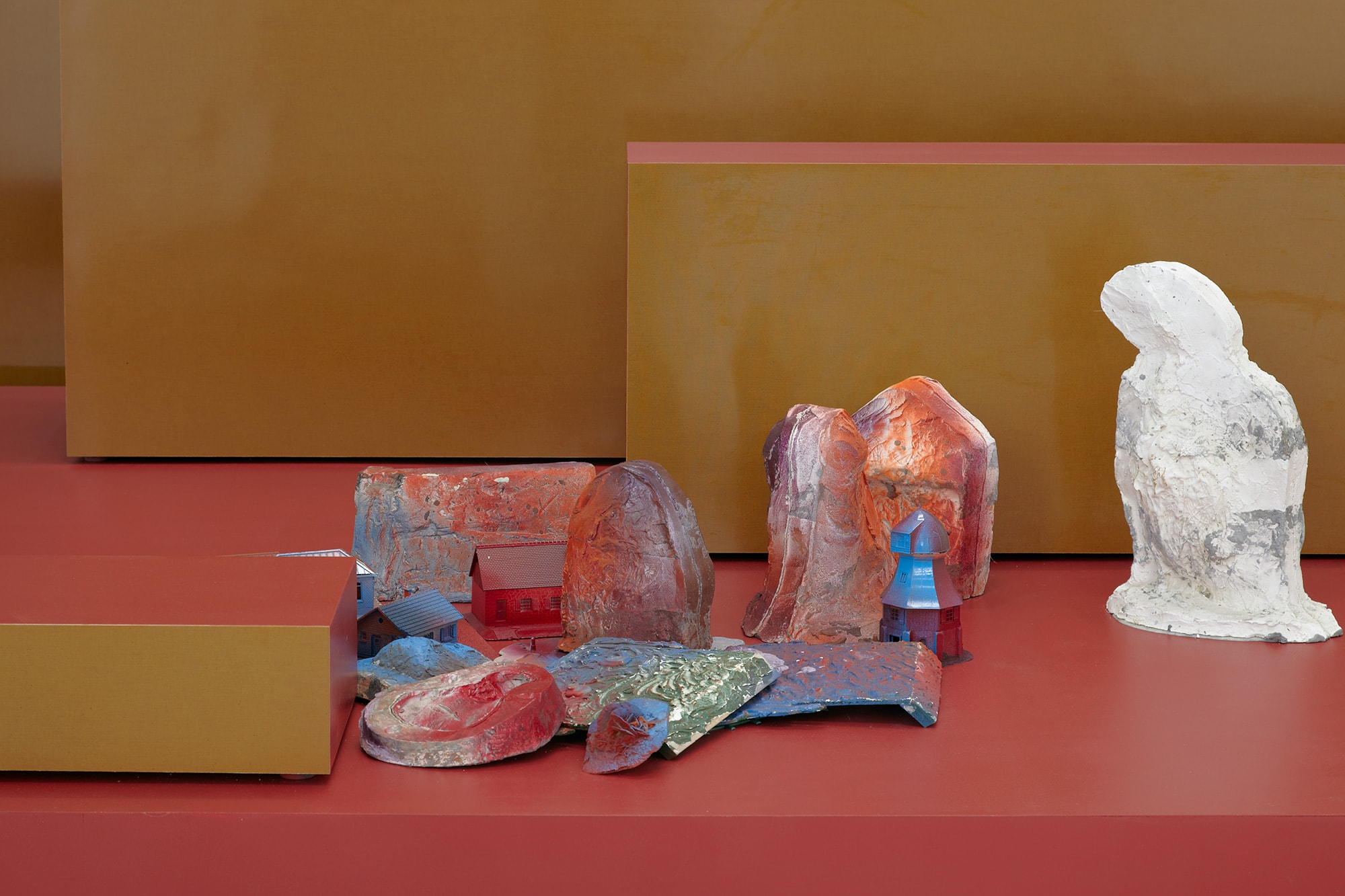
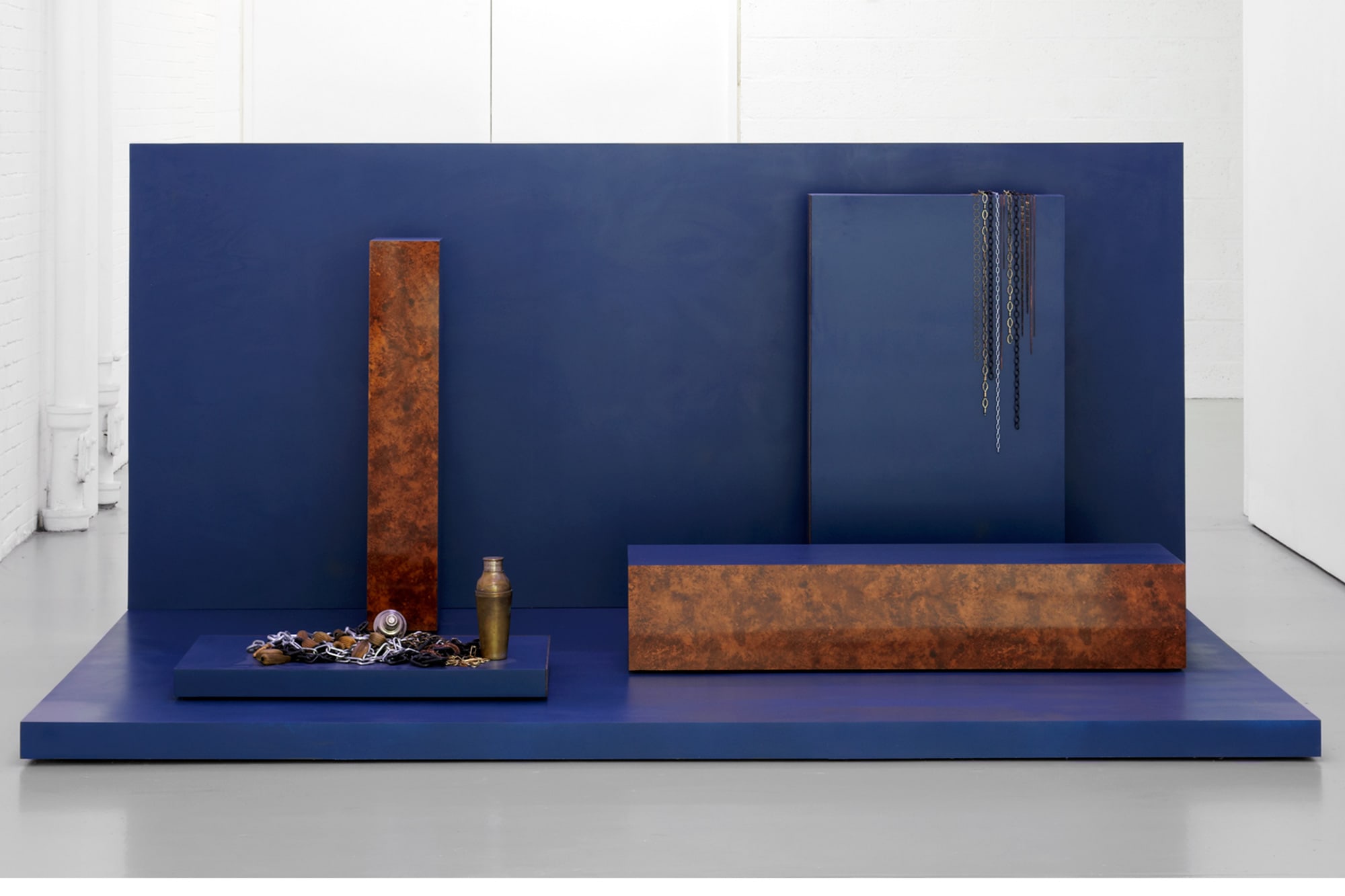
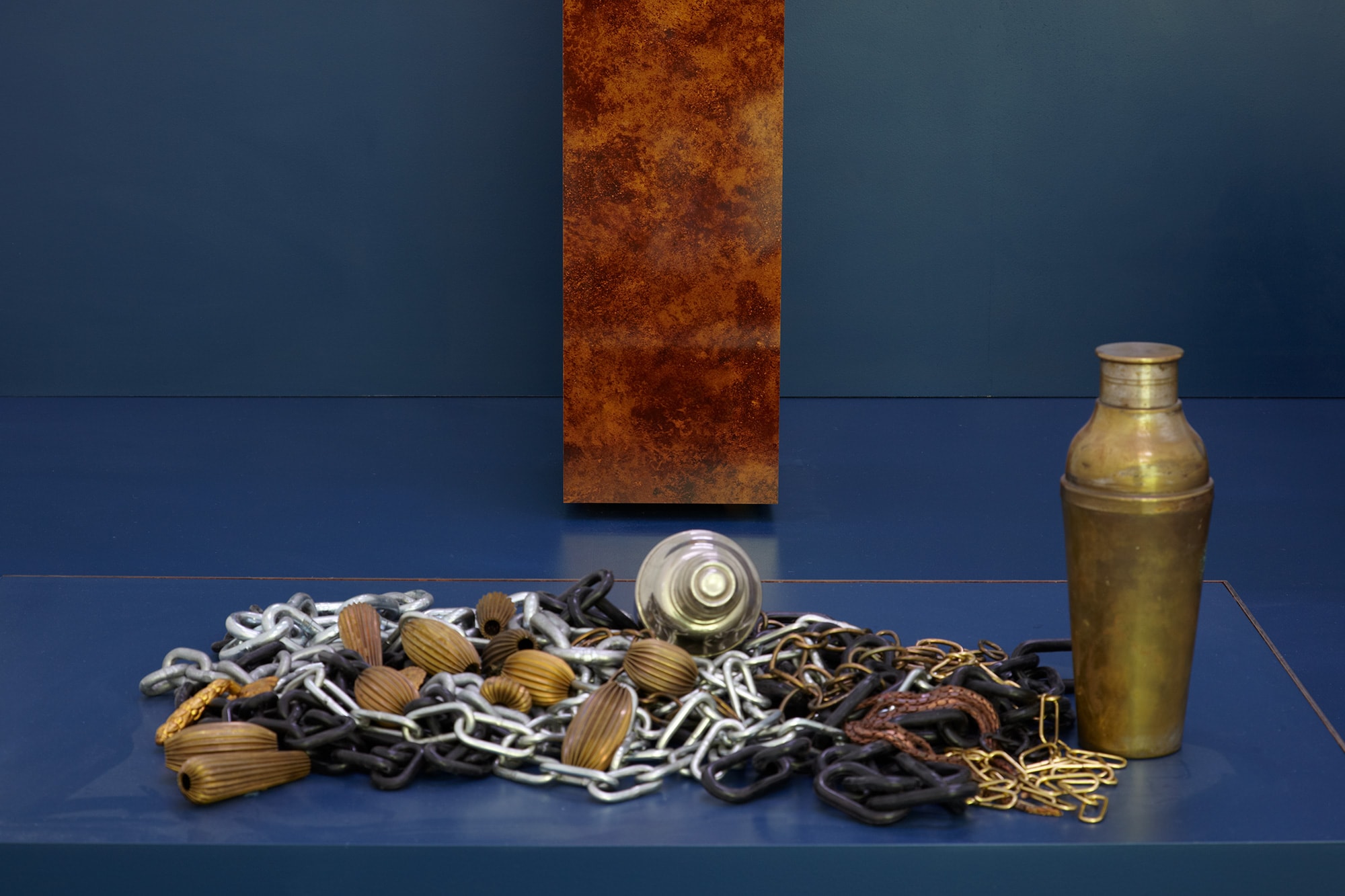

Spike Island
133 Cumberland Road
Bristol BS1 6UX
United Kingdom
Spike Island and the South London Gallery (SLG) present a two-part solo exhibition by French artist Isabelle Cornaro (born 1974). While the SLG hosts an existing large-scale installation, the presentation at Spike Island, Témoins oculaires (meaning eye witnesses), includes two spray paintings made in situ, four films and five new installations.
As a trained art historian specialising in sixteenth-century European Mannerism, Cornaro’s visual language draws on a wide array of references from the Baroque to modernist abstraction. Témoins oculaires marks a new phase in the artist’s work which expands upon her series of installations, Paysage avec poussin et témoins oculaires (2008–present), the latest version of which is shown at the SLG. Each installation translates a classical pastoral landscape painting by seventeenth-century artist Nicolas Poussin, into a spatial arrangement of plinths with objects which relate to the way we observe, copy and represent nature. Negating the notion of a natural, authentic original, Cornaro draws our attention to how reality and nature may only be experienced and perceived through the lens of cultural and historical translation.
In her work Isabelle Cornaro uses found objects imbued with emotional value or symbolic potential such as lipstick, lightbulbs and paperweights, which she presents and re-presents in different types of display and media. Borrowed from domestic, decorative and functional contexts, these artefacts belong to, and are appropriated by Western culture as a means of power and domination. The combination and arrangement of these objects in the artist’s work invite us to question the relationship between systems of representation and our understanding of the world.
At Spike Island, Cornaro presents a series of specially commissioned installations titled Scenes, in which she continues her investigation into composition, visual perception and interpretation. These scenes, which could be described as physical representations of the act of watching, activate specific viewpoints resembling cinematographic techniques such as panning, close-up, wide-angle, sequence shot etc. Some of these scenes may be grasped immediately, like snapshots. Others may be perceived in a more fragmented or sequential manner. In this way they are like physical equivalents of Cornaro’s digitised 16mm films, Metronomie (2014), Amplifications (2014) and Choses (2014) which investigate concepts of accumulation, symmetry and entropy. Objects flicker, accumulate and disintegrate in these films, appearing sharply distinct from, then subsumed into or consumed by, their monochromatic grounds before falling into blackness at the end of each loop. Similarly, in Scenes #3, 4 and 5 (2015), the objects are either brought forward into sharp focus or pushed back to conflate with their artificial platform. Simultaneously near and far they are ‘returned’, in the words of film critic Serge Daney, to their ‘destiny of fetishes, which is to shine from a distance’. Cornaro’s use of chains in Scenes #3, demonstrates how an object may signify multiple values. Chains have a use value in their ability to secure, restrain and link but they also have an aesthetic and symbolic value when worn, or given, as jewellery. These values are retained in this installation while the artist also uses the chains as graphic lines in the formal space of the artwork.
The Scenes series culminates in two sculptures in the central gallery, Scenes #1 and Scenes #2 (2015), which extend the conflation of figure and ground. In each sculpture, object, platform and process are distilled into a single auratic entity. The objects have all but disappeared, reduced to formal lines and planes which subtly and distantly recall the shine, shade and patina of the ‘original’ found objects. Unlike the preceding scenes, which like film, offer a single face, these works are entirely sculptural in that they may only be fully perceived through moving around them in space.
Scenes #1 and Scenes #2 (2015) are overlooked by and reflect two large monochrome paintings which are reproductions of enlarged stills from the artist’s film Floues et colorées (2010), in which colour is sprayed on a picture plane by an invisible hand. Reproductions (# 1, purple) (2015) and Reproductions (# 3, red) (2015), initially appear as solid blocks of colour. Closer inspection reveals that these colour blocks consist of millions of dots – the result of reproducing spray painting on a large-scale. The apparent simplicity of the monochrome is contrasted with the complexity of the reproduction process, which points towards the difficulty of faithfully enlarging, or otherwise translating, an ‘original’ gesture. A reflection on the history and contemporary condition of painting, these monochromes epitomise the way in which Cornaro plays with established aesthetic categories to direct the gaze beyond the surface of what we see.
Alice Motard